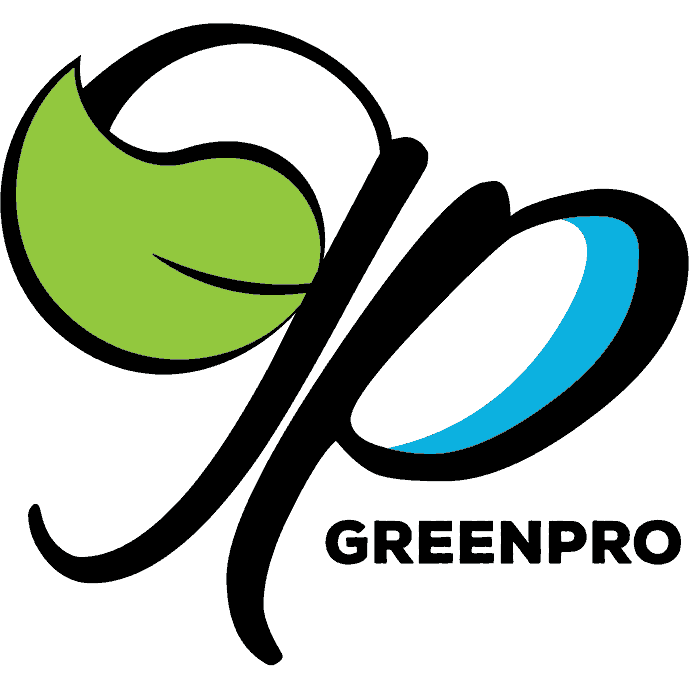It’s official: farm to table isn’t a fad that’s going away any time soon. More and more homeowners are relishing the thought of eating healthy, off the land, which means that it’s more important than ever that the land become able to sustain and provide good, healthy food. Key to that healthy food? Your vegetable garden!
21 million people in North America will be starting a vegetable garden this year for the first time, including a bunch of folks here in Oklahoma. This means that a lot of people are reaching out to GreenPro for tips and suggestions on how best to build a vegetable garden that will last. Below we share a few things you want to be thinking about as you start the process of building your vegetable garden!
It’s all about irrigation
A lot of folks building their garden will just focus on the vegetables they want to grow – and we totally get it! But before those ripe and juicy tomatoes are ready for picking, you need to make sure you’ve installed the best possible irrigation system for them to grow.
As a result, we suggest going with a trickle or drip irrigation system. The secret? Control. This method of irrigation is precise and economical. A standard lawn sprinkler, for example, might measure the water flow in gallons per minute (somewhere between one and five is normal). A drip emitter, on the other hand, is rated in gallons per hour. The flow of water is so slow that it is easily absorbed into the ground. In a well-tuned system, there is little opportunity for excess water running off and being wasted. (This approach can be even more fine-tuned by putting your system underground.)
An additional benefit? Drip irrigation provides water near the base of the plant, leaving the upper foliage dry and less susceptible to fungi.
When installing a drip irrigation system, you want to have a series of tiny nozzles – about the size of a quarter – laid along the ground, linked to an appropriate water source by a main feeder hose. Turn the water on, and the drip irrigation system provides a slow and steady flow of water.
Raise those garden beds!
While there’s certainly nothing wrong with an in-ground garden bed, you have to be careful to avoid flooding the garden by overwatering, since there’s often no real effective drainage. Also, such garden beds are susceptible to every critter in the county coming by for a bite. A raised garden bed gives you better drainage, better protection, and a little easier access.
A raised bed does not have to be very deep to be effective. Eight to 12 inches is usually adequate. If drainage is a problem, or if the plants you are growing prefer drier soil, the bed could be taller and filled with a porous growing medium. Vegetable beds should be 12 to 18 inches deep.
Trellises are your friend!
Trellises are also a popular garden item that can be a tremendous asset to your vegetable garden. Trellises increase your plants and vegetables exposure to sunlight by giving them additional room to grow. This makes the plant to grow and yield well too. Trellises also generally improve the quality of fruit or foliage, making sure that the plant does not experience rot before harvest. Trellises also make it easier for you to prune and apply fertilizer, should the need arise.
These might not be the first things you think of when starting your vegetable garden, but they’re a few of the tips that we at GreenPro offer our clients when they’re first trying to get that garden bed off the ground. If the task sounds daunting to you, why not reach out to us? At GreenPro we have professionals standing by to help you make the most of your property. Give us a call today!
